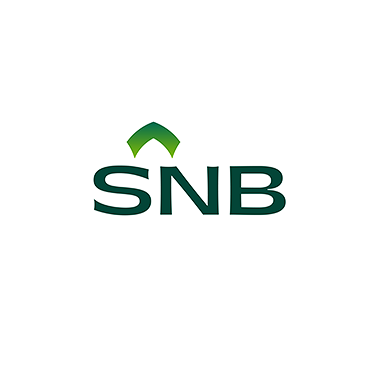Publisher: Maaal International Media Company
License: 465734
An increase of 65%, default on individual loans jumped over 1100%, in a year
SNB Execute SR1.8bln Non-performing Loans
Provisions for non-performing loans that the Saudi National Bank (SNB) set aside, at the end of last December, increased to SR3.9 billion, an increase of 101.3% from the provisions set aside, in 2020, at SR1.95 billion.
On the other hand, the bank’s bad debts increased by the end of last Year 2021 to SR1.8 One billion, or 65%, for what was executed in the Year 2020, amounted to SR1.08 billion.
Allocation to the individual sector increased to SR714.1 million, or 1122.7%, compared to the allocation for the Year 2020, amounted to SR58.4 million, while the provision for comprehensive commercial banking jumped to SR2.9 billion, or 100.7%, according to the financial statements SNB published on the Tadawul website, compared to what was set aside in 2020, at SR1.45 billion, while the international banking provision fell 32%, to SR299.2 million.
اقرأ المزيد
On the other hand, the net financing portfolio of SNB amounted to SR495.9 billion at the end of 2021, compared to SR346.7 billion in 2020.
The coverage ratio of non-performing loans in SNB was at 136% by the end of 2021.
It is noteworthy that the SNB achieved SR12.7 billion in profits by the end of the Year 2021, an increase of 10.7% from the profits of the previous year, which was SR11.4 billion, and the bank explained that after the bank’s merger with Samba Financial Group as of April 1, 2021, the net income attributable to shareholders’ equity increased by 10.7% due to the increase in total operating income, partially offset by an increase, in operating expenses, including the provision for expected credit losses.
Total operating income increased by 32.6% as a result of an increase in net special commission income, investment income, income from banking services’ fees and foreign currency conversion income, partially offset by an increase in other operating expenses.
Also, total operating expenses, including credit losses, increased by 63.2%, mainly due to the increase in the net impairment allowance for expected credit losses related to the 1st day of the merger, in accordance with international accounting standards, other general and administrative expenses, salaries and employee expenses, depreciation, amortization, property and equipment programs, right-of-use assets, amortization of intangible assets, rents and building expenses.








